Evacuating 350,000 people to avoid the storm
At the meeting, Chairman of Gia Lai Provincial People's Committee Pham Anh Tuan emphasized that this is a very strong storm, with terrible destructive power, causing heavy rain and floods, with a flood peak exceeding all that had ever occurred in the old Binh Dinh (now the eastern area of Gia Lai).

Mr. Tuan requested localities to review all lakes and dams, proactively discharge flood plans and resolutely evacuate people in 3 areas including: coastal areas, areas at risk of flooding and landslides.
The province will support 50,000 VND/person/day for people relocated intermittently and 20,000 VND/person/day for households receiving relocated people. In case of concentrated relocation, people are guaranteed adequate food and drink.
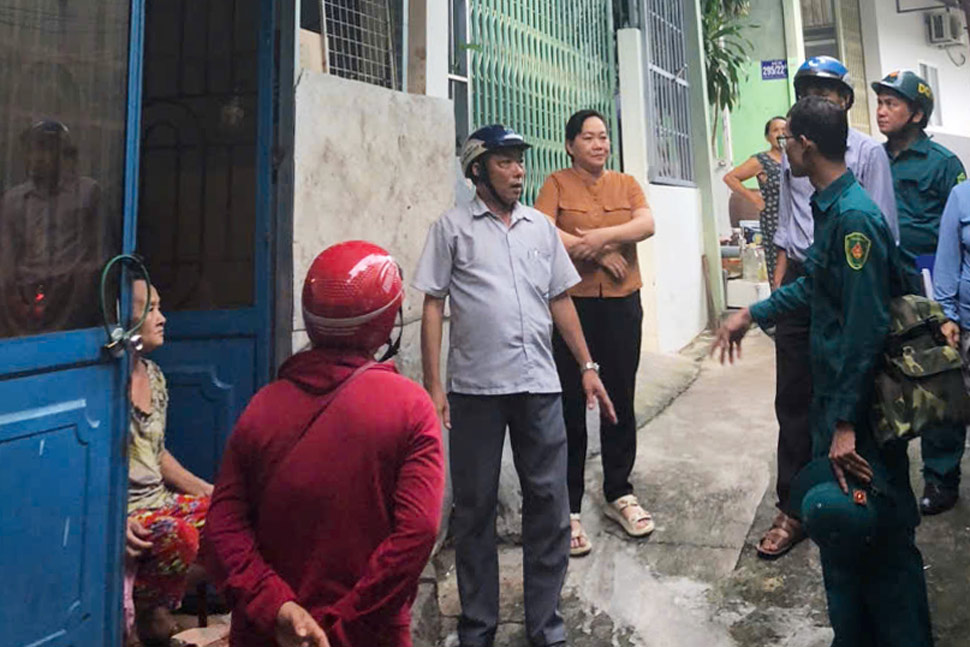
"The province will relocate more than 100,000 households with about 350,000 people. No matter how much money is spent, it must be accepted to ensure the safety of the people. It is expected that this period will spend about 70-80 billion VND to support," said Mr. Tuan.
The Chairman of the Provincial People's Committee requested the police and military forces to resolutely evacuate people to safe places, requiring them to go, to avoid human casualties. Focus on protecting works, tying up houses, pruning trees, lowering cranes at construction works to minimize risks when storms hit.
Many areas at high risk of landslides, isolation
Currently, the eastern part of the province has 15 areas at high risk of landslides, 16 areas at low risk of landslides and 9 areas that are likely to be isolated when landslides occur.
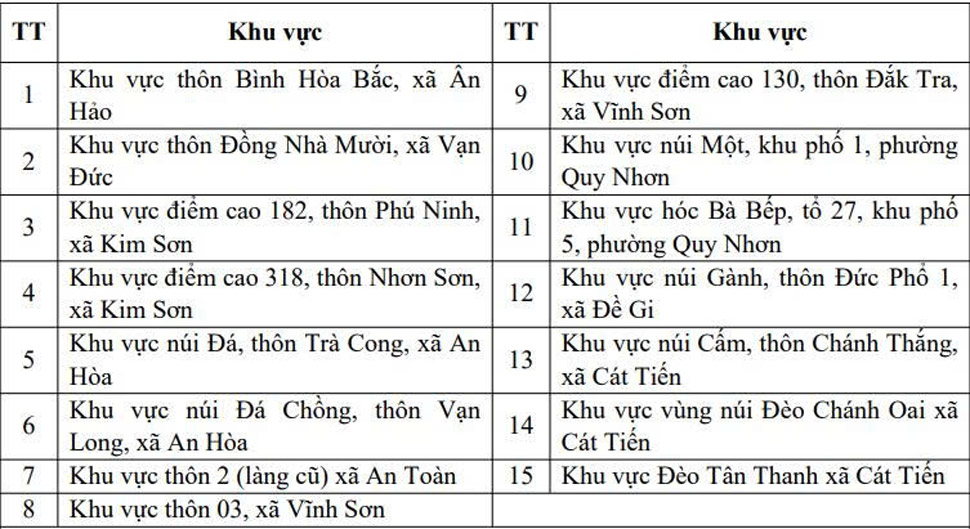
The areas at high risk of landslides have large slopes, weak soil, many cracks and subsidence points, directly affecting households living at the foot of the mountain. Areas that are likely to be cut off often have unique traffic routes, positive slopes are steep mountain slopes, negative slopes are deep valleys, and many streams have dried up from the top of the mountain to the road surface; landslides have occurred, causing traffic disruption and isolating some villages and communes.
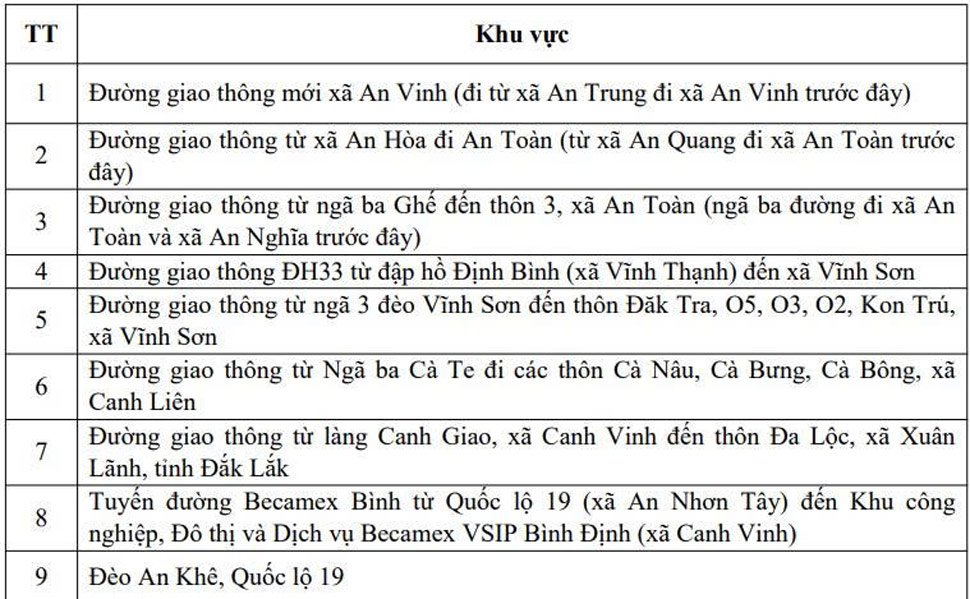
Recorded on the morning of November 5, in Quy Nhon Nam ward, 3 working groups including ward cadres, police and militia, with about 30 people, visited each household in the high-risk landslide area to mobilize evacuation to safe shelters. Shock troops were also mobilized to support people to tie up their houses and reinforce the project before leaving.
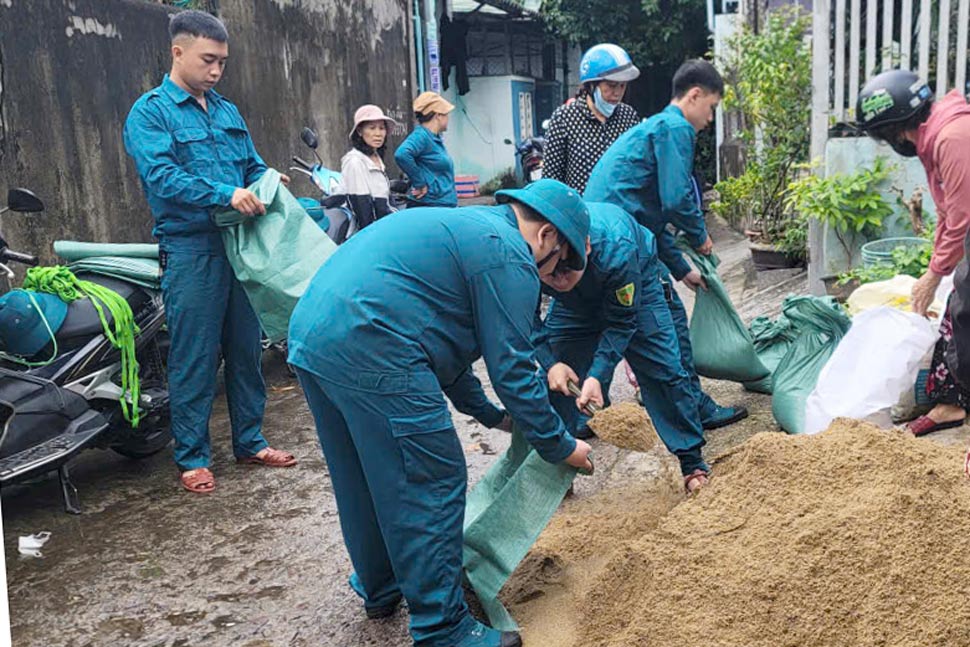
The whole ward has about 213 households with 516 people in risk areas, vulnerable areas subject to relocation. It is expected that by noon, the work of mobilizing and evacuating people will be completed. Up to now, there has been no record of any people not complying with the relocation.
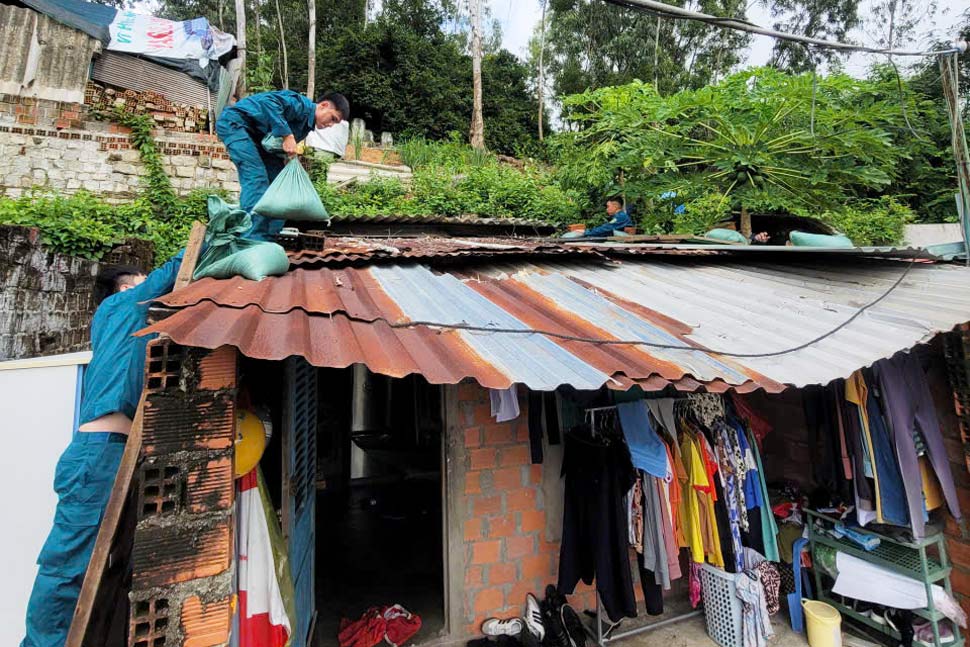
Mr. Tran Van Duyet (residing in Quy Nhon Nam ward) said: "The forecast for this storm is very strong. I proactively put bricks and stones on the corrugated iron roof to support it. After finishing the village, my family will evacuate to the shelter as arranged by the ward, because houses on mountains are prone to landslides".
There are still 83 fishing vessels in the danger zone
According to the report of the Gia Lai Fisheries Sub-Department, there are currently 83 fishing vessels of the province operating in the danger zone of storm No. 13, in Quy Nhon, Tam Quan, Bong Son, Hoai Nhon, Hoai Nhon Bac, Hoai Nhon Dong, Hoai Nhon Tay wards and De Gi commune.

Immediately afterwards, the Department of Agriculture and Environment issued a notice and instructed fishing vessels to move to take shelter, ensuring safety in the storm-affected area.
The Department requests the People's Committees of coastal communes and wards to review, count, and fully update the number of fishing vessels and fishermen operating in the danger zone; immediately notify ship owners and captains to proactively move out of the danger zone and find safe shelter.
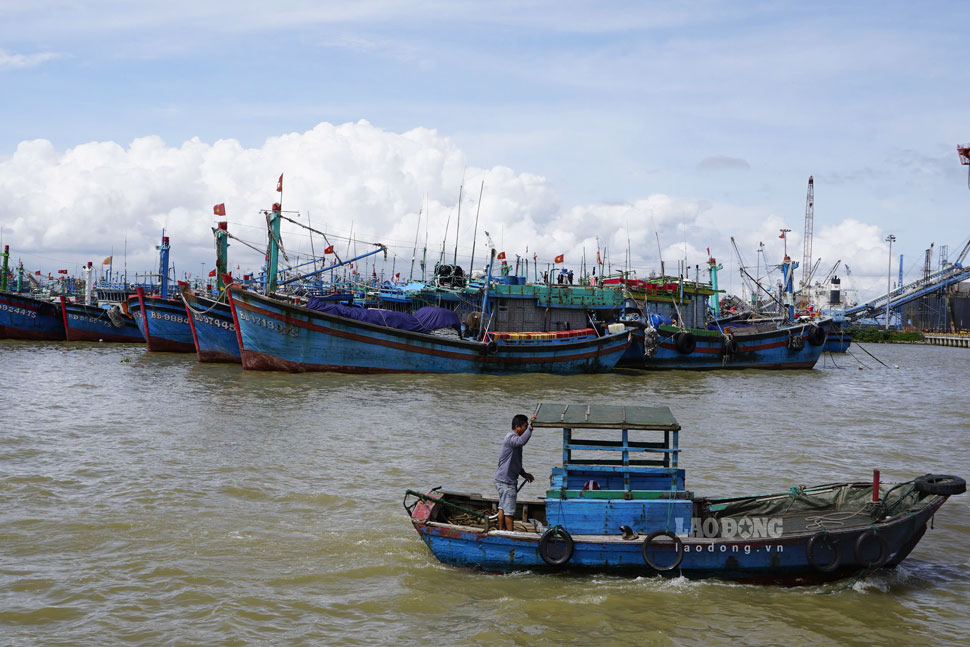
Localities must closely monitor storm developments, promptly inform about location, direction of movement and intensity so that fishermen can proactively prevent them. Coordinate with the authorities to organize the arrangement of boats to anchor safely, separate the waterway, and guide to avoid collisions and break anchors; Absolutely do not let boats anchor at the shore, and instruct fishermen to bring boats to safe storm shelters such as Tam Quan, De Gi lagoon, and Thi Nai lagoon.











